Scientists unlock novel method to create a versatile bio-absorbent
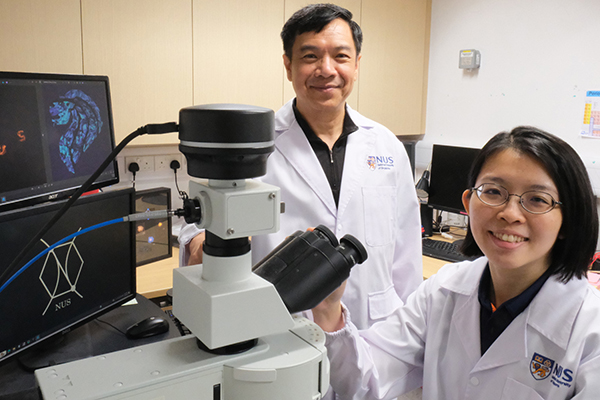
Physicists from the National University of Singapore (NUS) have developed a novel method of upcycling fish scale waste into a bio-absorbent that can remove the pollutant Rhodamine B from water, and as a material for information encryption.
A research team discovered that heating fish scales at an optimal temperature transformed them into suitable adsorbents for water pollutant Rhodamine B – a common pink dye used in textiles, paper, paints and water flow tracing agents. Rhodamine B is associated with potential health risks, such as cancer and liver failure, as well as threats to marine ecosystems, the research team reported.
The scientists also found that the heat-treated fish scales emitted a vibrant cyan glow, compared to a dim royal blue fluorescence when they were untreated, under ultraviolet (UV) light. This characteristic can be harnessed to utilize fish scales as a natural material capable of transmitting micro- and macroscopic text and imagery.
“As the global population grows and resources become more limited, sustainability involves greater emphasis on reusing waste materials,” said Professor Sow Chorng Haur from the NUS Department of Physics. “Globally, an estimated 7.2–12 million tons of fish waste is projected to be discarded yearly. This makes fish scale waste an abundant resource for upcycling. By re-evaluating waste streams, fascinating properties and multifunctionalities can be discovered in materials that may have been overlooked previously.”
Fish scales primarily consist of interlacing collagen, a protein known for maintaining a youthful appearance, and hydroxyapatite, a mineral found in bones and teeth. Due to the biocompatibility of these two compounds, different methods have been used to extract them for further development into fluorescence labels which help detect biomolecules in research. However, these processes often require significant amounts of time, energy and chemical resources. Enhancing the fluorescence of fish scales through a more direct and efficient method would improve cost-effectiveness.
The scientists found that when they heated up the fish scales, two things happened. First, the long collagen chains in the scales broke into smaller pieces that make blue light when UV light hits them. Second, the arrangement of atoms changed, creating tiny holes on the surface and inside the scales. These changes made the scales better at absorbing pollutants and changed how they glow under UV light.
When the heated fish scales were put in water with Rhodamine B, they removed 91 percent of the pollutant in just 10 minutes. Also, fish scales contaminated with Rhodamine B can be reused through a sonication process. With just a single thermal annealing step required, this innovative technique is more cost, energy and time-efficient than using other inexpensive biomass such as activated carbon white sugar which needs to go through multiple steps of chemical treatment, washing and thermal annealing to remove Rhodamine B.
The fluorescent properties of the heat-treated fish scales under different types of light can also be harnessed for steganographic purposes. Scales can be heated in bulk on a hotplate and arranged to convey a message, or laser-engraved with text and images on a microscopic scale. These hidden messages can be revealed under UV light. Heat-treated fish scales that have adsorbed Rhodamine B also glow orange under green light excitation, compared to the same heat-treated fish scales without Rhodamine B that display a very dim blue fluorescence under the same light. This presents another option for steganographic pattern design.
The research team will explore developing economical and readily accessible Rhodamine B test kits to use in field detection using heat-treated fish scales. The approach will help minimize the risk of Rhodamine B consumption and exposure by communities relying on natural water bodies, and outfield scientists transporting contaminated water sources.
Further research will also explore whether the heat-treated fish scales can adsorb other toxic chemicals.
Read the full research paper here.
Now that you've reached the end of the article ...
… please consider supporting GSA’s mission to advance responsible seafood practices through education, advocacy and third-party assurances. The Advocate aims to document the evolution of responsible seafood practices and share the expansive knowledge of our vast network of contributors.
By becoming a Global Seafood Alliance member, you’re ensuring that all of the pre-competitive work we do through member benefits, resources and events can continue. Individual membership costs just $50 a year.
Not a GSA member? Join us.
Author
-
Responsible Seafood Advocate
[103,114,111,46,100,111,111,102,97,101,115,108,97,98,111,108,103,64,114,111,116,105,100,101]
Tagged With
Related Posts
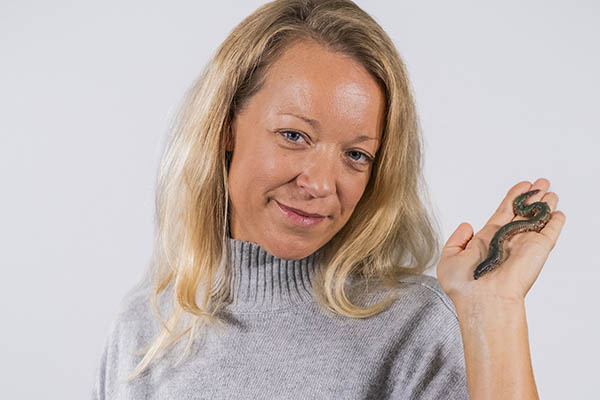
Responsibility
Novel chemical-free approach could create a circular model for treating aquaculture waste
An initiative could open up a new avenue for seafood producers to deal with aquaculture waste in a more circular way.
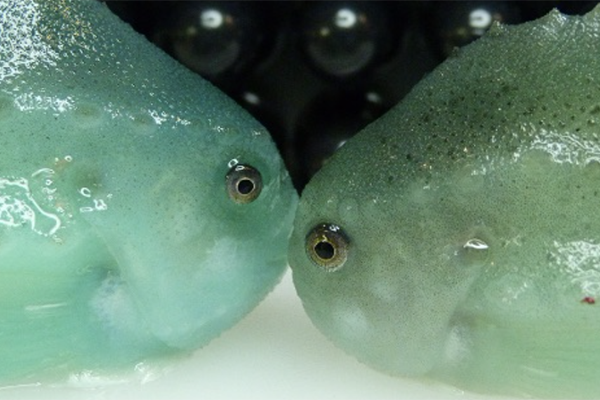
Aquafeeds
Can leftover lumpfish be used to feed small king crabs?
A Nofima trial explores whether whole or processed lumpfish can boost the appetite and feed intake in small king crabs.
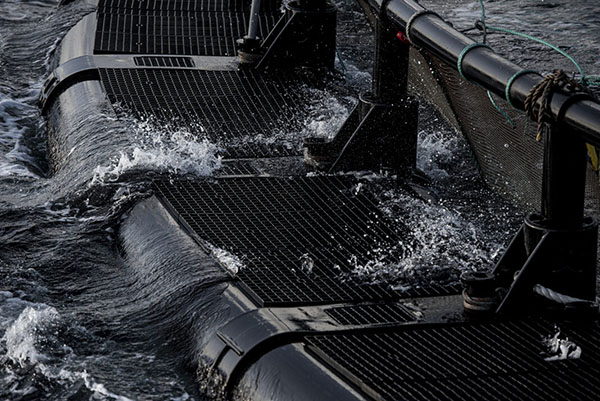
Responsibility
Study: Aquaculture sector shows ‘enormous potential’ to generate circular economy initiatives through plastics recycling
Plastic recycling from the aquaculture sector can be a commercially viable circular economy initiative, concludes SINTEF researchers.
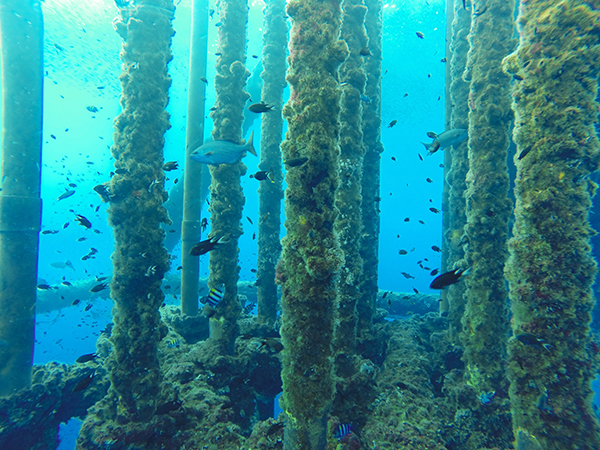
Aquafeeds
Researchers suggest recycling marine waste from inactive oil platforms into aquaculture feed
A new study is looking at ways marine growth from decommissioned oil and gas platforms could be used for livestock and aquaculture feed.



